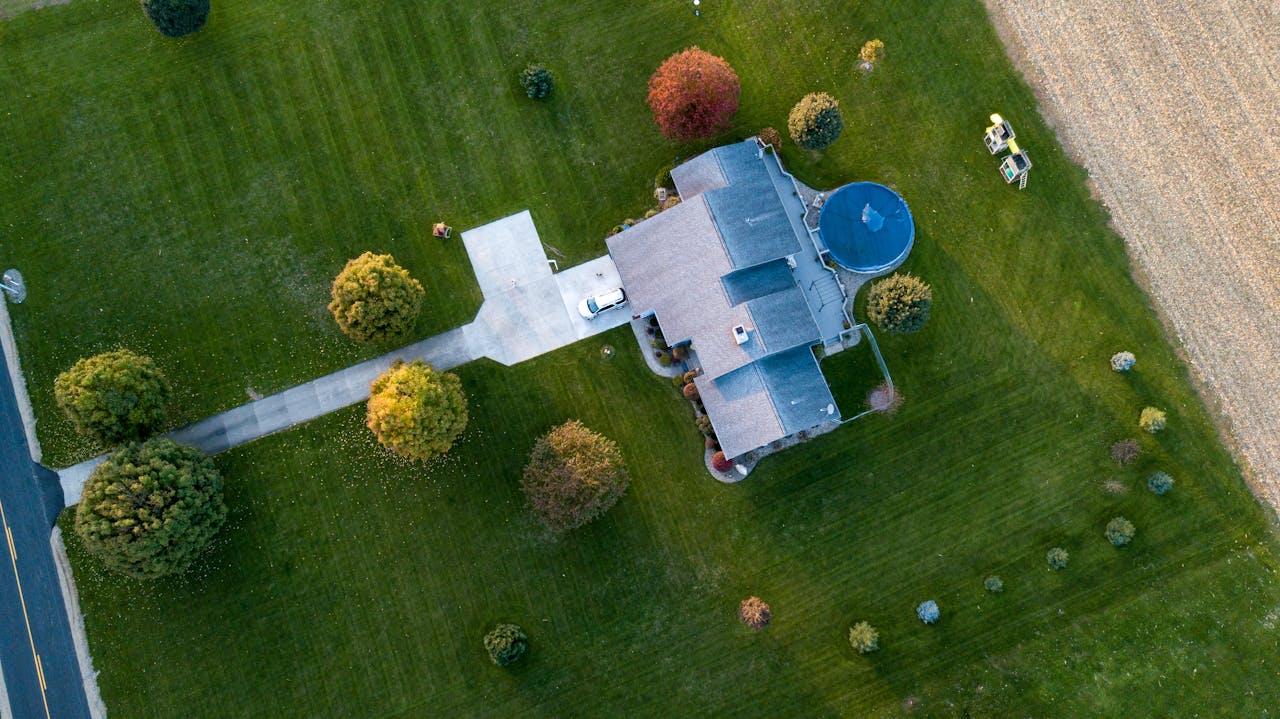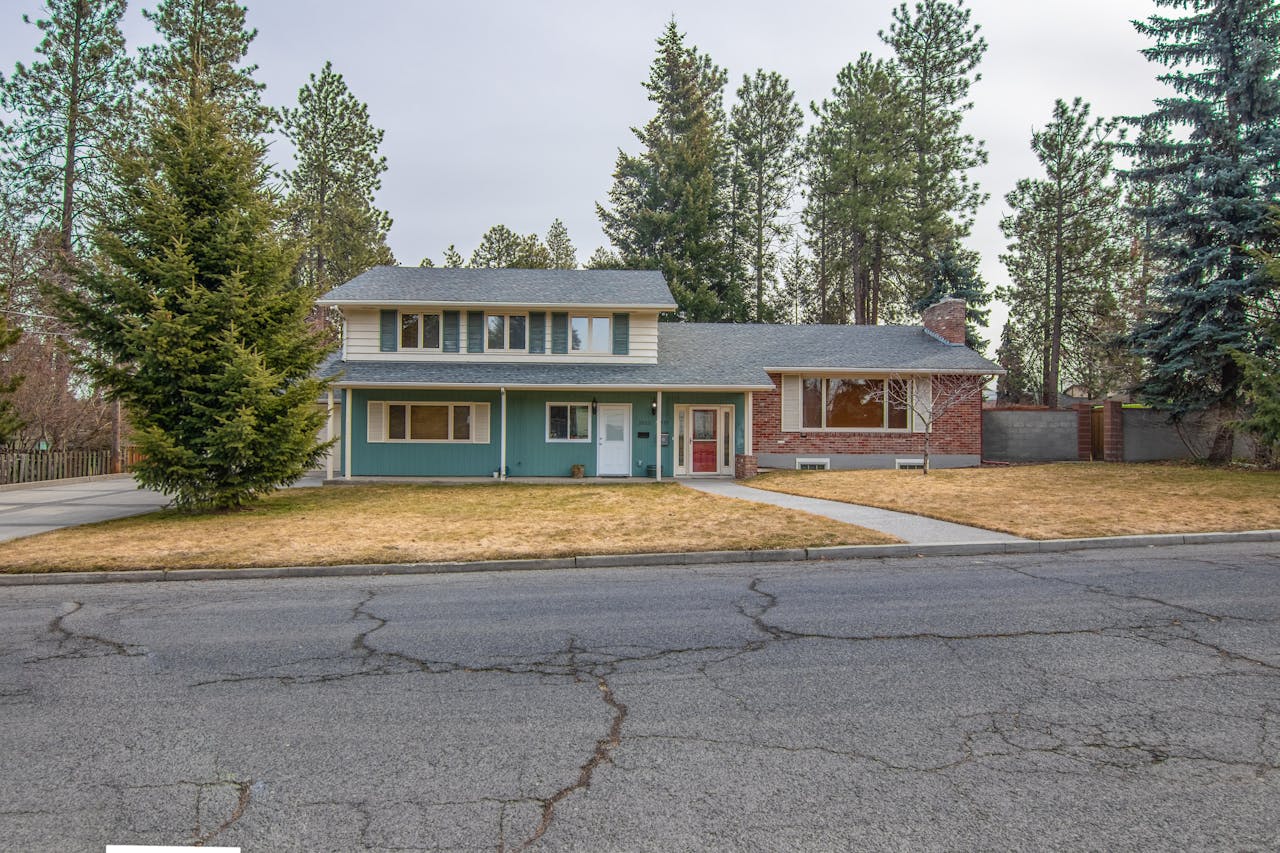
Rural Home Insurance in Indiana: What You Need to Know for Proper Coverage
Living in rural Indiana comes with numerous benefits, including wide-open spaces, a close-knit community, and a slower pace of life. However, it also comes with unique challenges when it comes to protecting your home. Whether it is severe weather, longer emergency response times, or limited access to repairs, rural homeowners face different risks than those in urban areas. In this article, we will explore what rural home insurance in Indiana is, why it is important, and how to make sure your coverage meets your specific needs.
What is Rural Home Insurance?
Rural home insurance is designed to meet the unique needs of homeowners who live in less densely populated areas. It differs from standard homeowners insurance because it addresses the specific risks faced by rural residents. These risks can include natural disasters like tornadoes, floods, and heavy snow, as well as challenges like long response times from emergency services and limited access to contractors. Rural home insurance provides coverage for your house and belongings in case of damage, theft, or other unforeseen events, just like regular homeowners insurance. The key difference is that rural policies often include coverage options for risks more common in rural settings.
Unique Challenges for Indiana Homeowners in Rural Areas
Living in rural Indiana means facing several challenges that urban homeowners may not encounter. Here are some of the specific issues you should be aware of:
Weather Risks
Indiana is known for its unpredictable weather, and rural areas are particularly vulnerable. Tornadoes, severe thunderstorms, and heavy snow are common threats. These weather events can cause severe damage to homes and property, making it essential to have comprehensive coverage that includes storm and wind damage. Additionally, heavy rainfall and snowmelt can lead to flooding, a significant risk in rural areas near rivers or low-lying land.
Distance from Emergency Services
Rural Indiana homeowners may find themselves farther away from fire stations, hospitals, and other emergency services. This means that in the event of a fire, accident, or medical emergency, help might take longer to arrive. Longer response times can result in higher damage or injury. This delay in emergency assistance is a crucial consideration when selecting the right coverage. Homeowners may consider policies that offer higher protection for events such as fire damage or storm damage, knowing that help may take longer to reach them.
Access to Repairs and Services
In rural areas, access to repair services, contractors, and building materials can be limited. After a storm or other damaging event, finding someone to repair your home might take longer than in urban areas. Additionally, repair costs may be higher if there are fewer providers available to do the work. Insurance policies that include guarantees for repairs or prompt payment can ensure your home is fixed as quickly as possible.

Coverage You Need for Proper Protection
When selecting rural home insurance in Indiana, it is essential to choose a policy that provides the appropriate coverage for the unique risks associated with rural living. Here are some of the key types of coverage you should consider:
Comprehensive Coverage
Comprehensive coverage protects your home and belongings from a wide range of risks, including damage from severe weather like tornadoes, hail, and high winds. It is essential to have a policy that covers both natural disasters and everyday risks, such as fire or theft. Rural areas are more prone to certain weather-related events, so comprehensive coverage will give you the peace of mind that your home is protected from a broad spectrum of risks.
Flood Insurance
Flooding is a significant risk for many rural homeowners in Indiana, particularly those residing near rivers, lakes, or in floodplains. Standard homeowners insurance does not typically cover flood damage, so it is essential to have a separate flood insurance policy. This will help protect your home from water damage caused by heavy rainfall, snowmelt, or rising water levels. Flood insurance is critical if your home is in a flood zone or if flooding has been a problem in your area in the past.
Replacement Cost Coverage
If your home is damaged beyond repair, replacement cost coverage can be essential. Unlike actual cash value coverage, which only covers the current market value of your home and belongings (taking into account depreciation), replacement cost coverage ensures that you can rebuild your home to its original condition. This type of coverage is especially important in rural areas where rebuilding may take longer and be more expensive due to limited access to materials and contractors.
Sewer Backup and Sump Pump Failure Coverage
Many homes in rural areas, especially those with basements, are at risk of flooding from sewer backups or sump pump failures. This type of damage is often not covered under a standard homeowners insurance policy. Therefore, it is wise to add sewer backup and sump pump failure coverage to your policy. This ensures that you are covered for water damage that can happen when your home’s plumbing systems fail.
Tips for Securing Proper Coverage for Your Rural Home
Securing the right coverage for your rural home in Indiana can sometimes be a bit more complex, but it is critical to ensure your property and belongings are well-protected. Here are a few tips to help you secure the best coverage:
- Assess Your Risks: Start by understanding the specific risks associated with living in a rural area. Whether it is frequent tornadoes, flooding, or long emergency response times, knowing the risks you face can help you select a policy that fits your needs.
- Review Property Value and Contents: Make sure you have an accurate valuation of your home and belongings. If your property is worth more than the average home, you might need additional coverage to replace or repair your home in the event of a disaster.
- Consider Extra Coverage for Unique Risks: If your property is in a flood zone, consider adding flood insurance. Likewise, if your home is near wooded areas, additional coverage for wildfire damage might be necessary.
- Look for Discounts: Some insurers offer discounts for certain safety features, such as storm-resistant windows or fire alarms. Installing these can lower your premium and make your home safer.
- Bundle Policies: If you have multiple insurance needs (such as auto and home insurance), bundling policies with the same provider might give you discounts and simplify the management of your coverage.
Finding the Right Insurance Provider
Finding the right insurance provider for rural home insurance in Indiana requires some research and comparison. It is important to shop around and compare policies from different insurance companies to ensure that you are getting the best coverage for your needs. Look for providers that offer specialized rural home insurance policies and consider working with an agent who understands the unique challenges faced by rural homeowners. Regularly review the details of your policy to ensure it remains up-to-date and your home is fully protected against potential risks.
Start Your Quote Today
Our licensed specialist will search for the best insurance quotes and will email you when ready.



